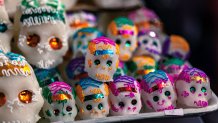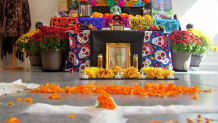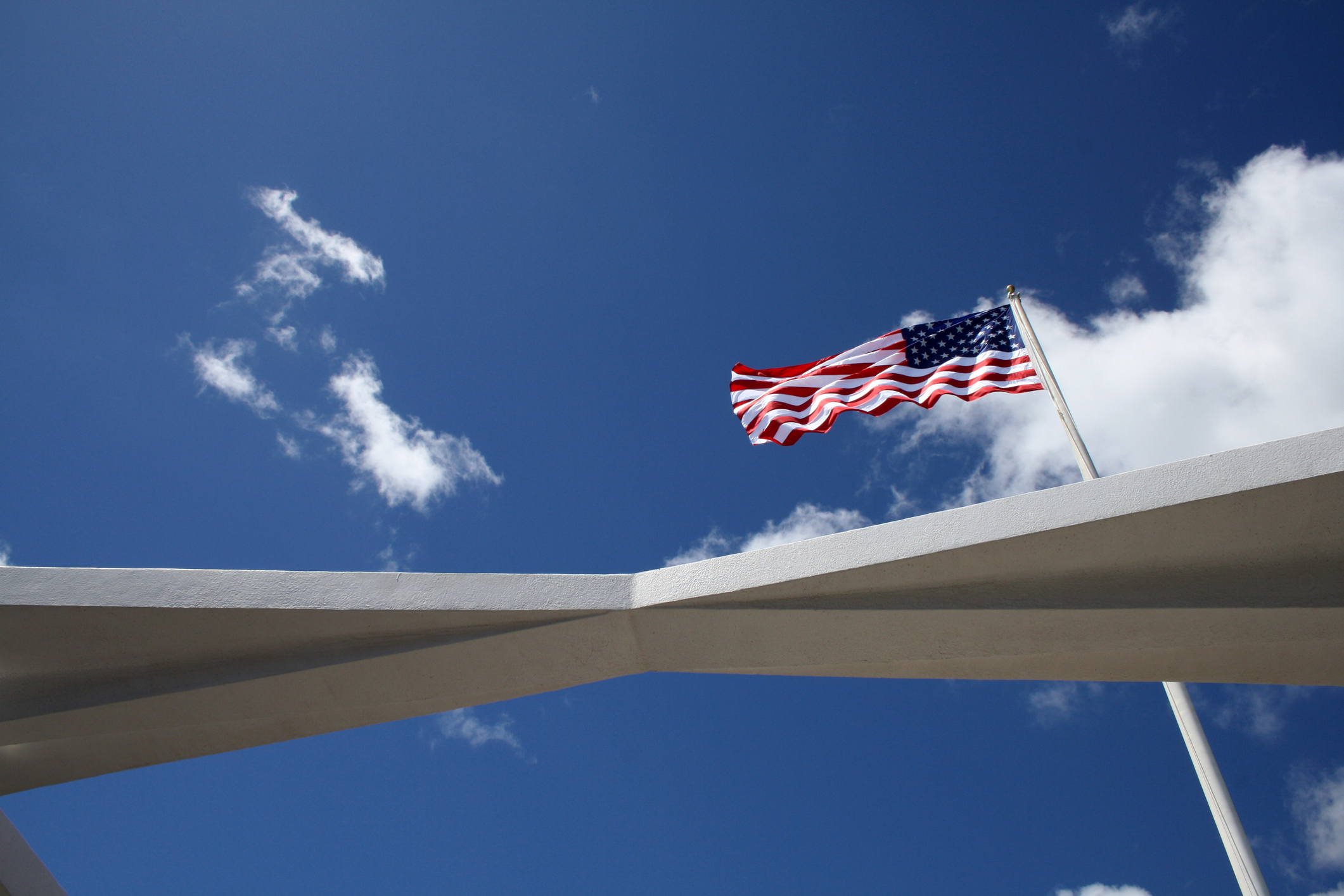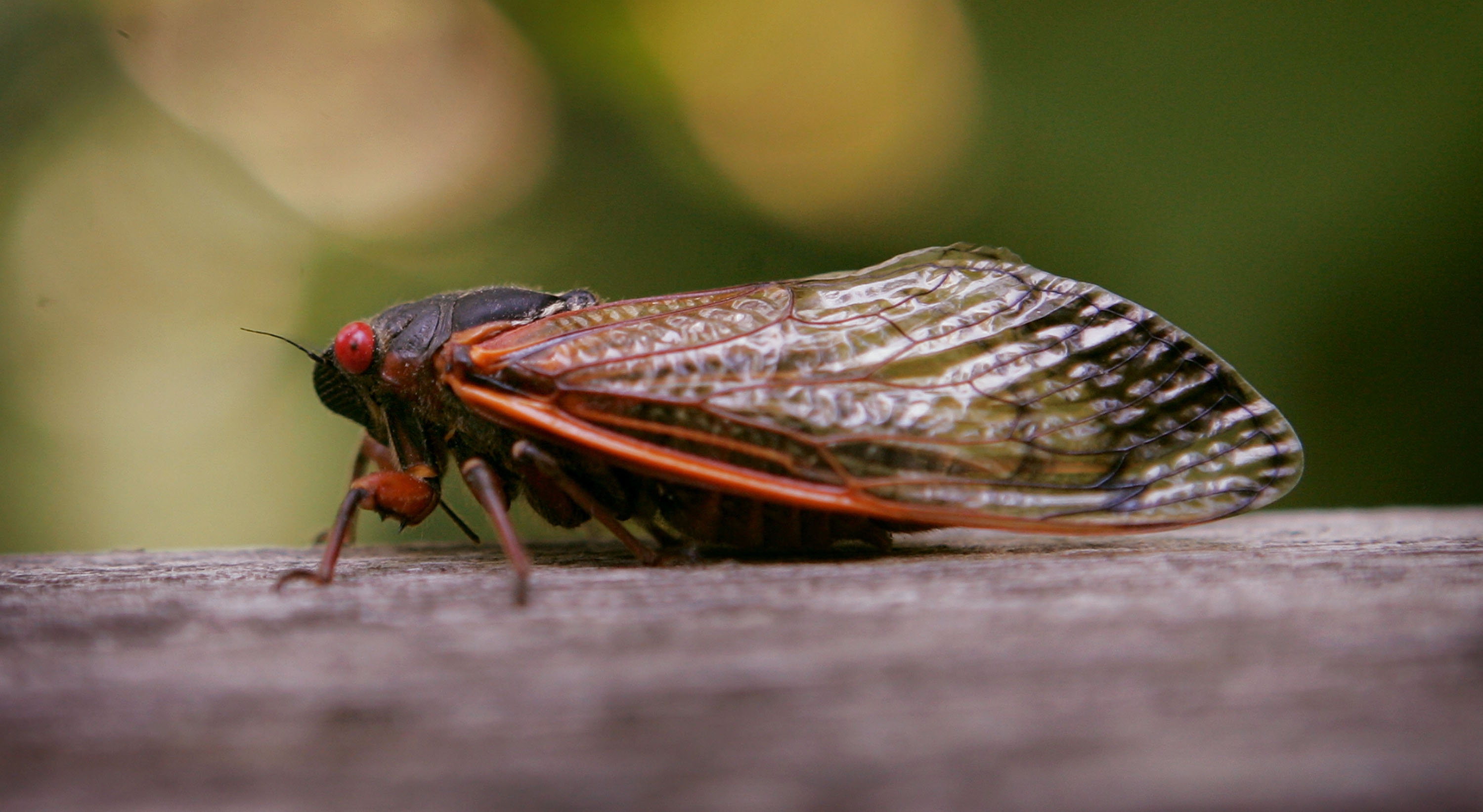Read this story in Spanish here.
The Day of the Dead is coming up, but make no mistake, the holiday is not the same as Halloween. In fact, it doesn't even fall on the same day as Halloween.
Known for sugar skulls, flowers and butterflies, the holiday comes right after Halloween, though many communities will celebrate both.
Here's what you should know about the Day of the Dead:
Feeling out of the loop? We'll catch you up on the Chicago news you need to know. Sign up for the weekly Chicago Catch-Up newsletter here.
1. Day of the Dead, or Día de los Muertos, is actually the last of a three-day celebration

First, there's Halloween, then there's All Saint's Day and then there's Day of the Dead, according to the University of New Mexico.
Local
Collectively, the three days are sometimes referred to as the Days of the Dead, though the holiday itself is strictly on Nov. 2.
All Saint's day, on Nov. 1, honors children.
2. The Day Actually Celebrates Life, Not Death
The day is a celebration of the lives of loved ones who have passed away.
"It’s a time where we remember and honor loved ones who have passed," Choose Chicago's website reads. "While some may think this holiday is a gloomy one, it is the complete opposite."
According to the University of New Mexico, the day typically features a journey to gravesites, but in many cases, loved ones will create an altar for those they are honoring.
"Many set up altars in their homes and often communities host a variety of events," the university's website reads.
Such altars are often decorated with marigold flowers, candles, a special and sweet bread known as Pan de Muerto, and photos of the person they are honoring.

"The rituals used to celebrate the day are varied and colorful," the university states. "Yet, all carry the same message, celebrating the day of the dead is a true celebration of life.
Many will also recognize the symbols of La Catrina, who is believed to protect loved ones after they depart and bring them to the next part of their journey. Her likeness is often found in statues, figurines, artwork and even as many dress up and paint their faces.
3. The Offering: What It is and Why
According to the Smithsonian, the offering on the altar is central to any celebration, but it is also specific.
"Every ofrenda also includes the four elements: water, wind, earth and fire," according to the Smithsonian's website. "Water is left in a pitcher so the spirits can quench their thirst. Papel picado, or traditional paper banners, represent the wind. Earth is represented by food, especially bread. Candles are often left in the form of a cross to represent the cardinal directions, so the spirits can find their way."



